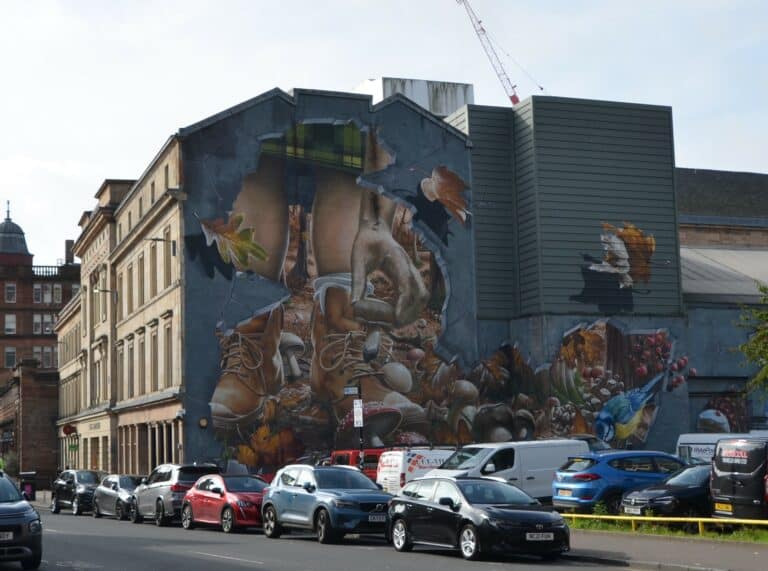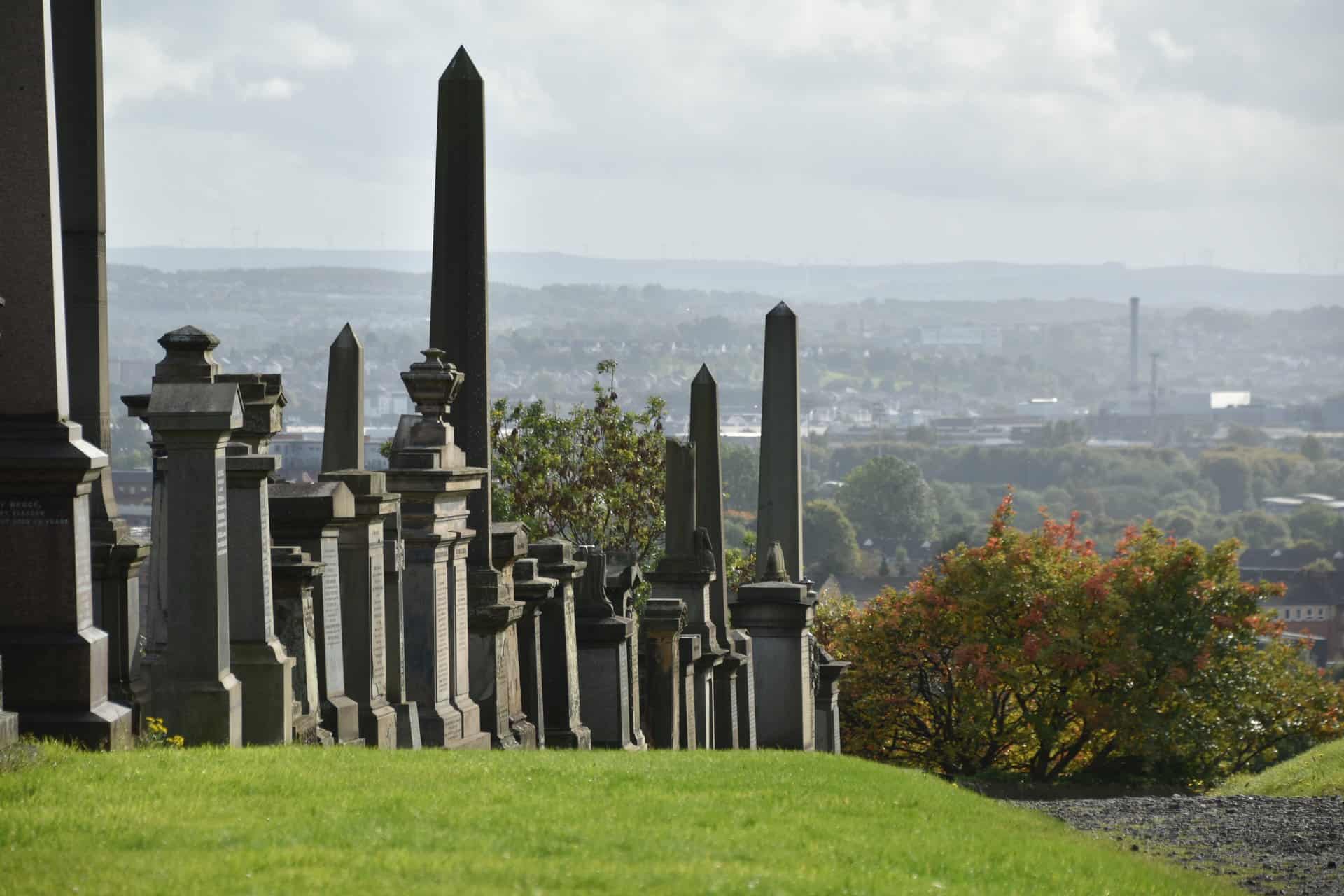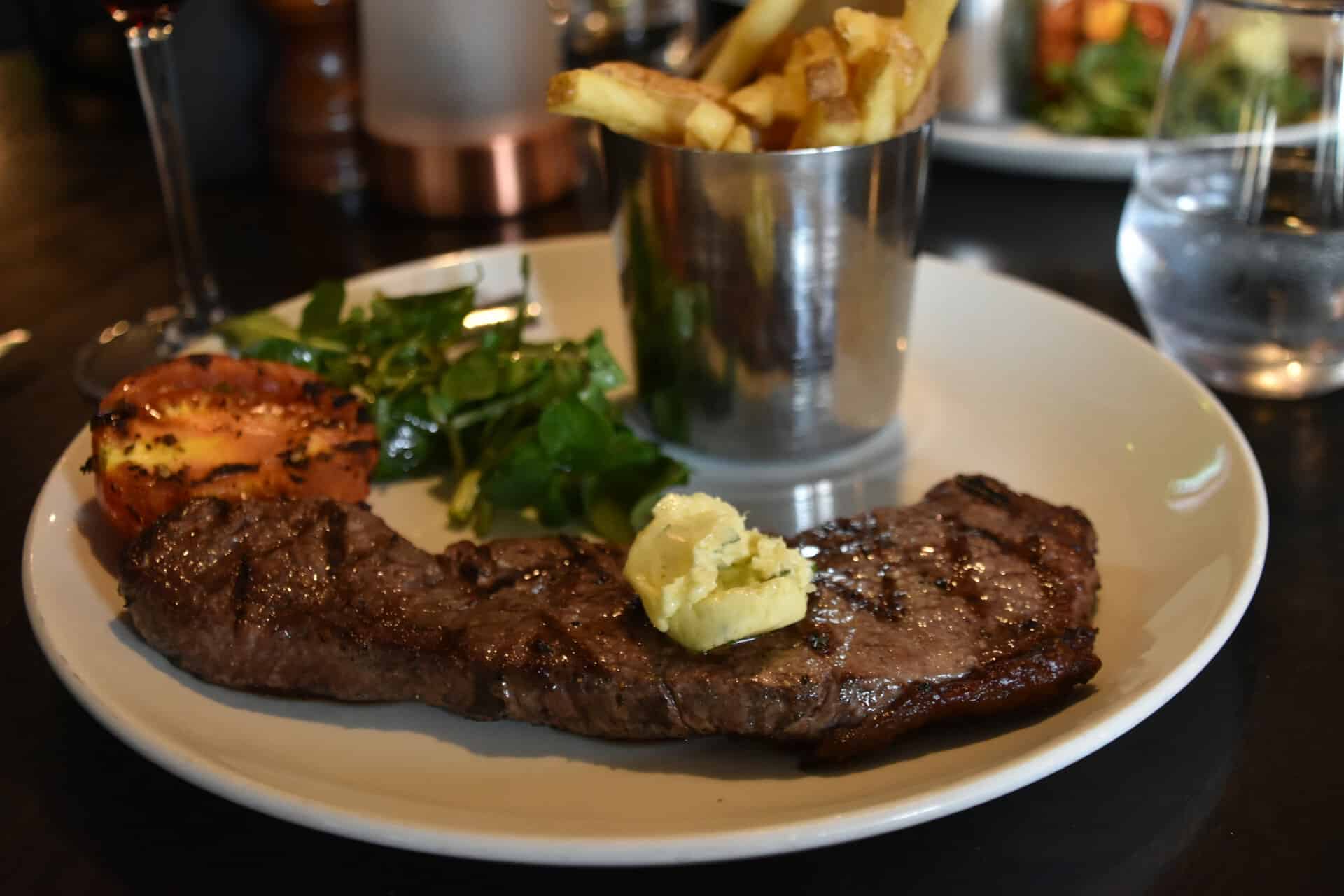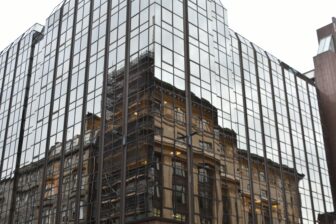Glasgow
Glasgow: a journey into the authentic heart of Scotland
Glasgow is a city that surprises. Those who arrive expecting only fog, rain, and abandoned factories soon discover a dynamic, welcoming, and vibrant metropolis. Located in the western part of Scotland, along the River Clyde, Glasgow is the largest city in the country and the third largest in the United Kingdom by population. But beyond the numbers, it’s a city full of stories—of industrial transformation, creativity, social resilience, and cultural rebirth.
The first thing that strikes you about Glasgow is its vibrant and authentic atmosphere. It doesn’t have the tourist polish of Edinburgh or the postcard perfection of the Highlands. Glasgow is alive, direct, sometimes rough, but always genuine. It’s a city that reveals itself slowly, as you walk its streets, chat with locals, sit in a crowded pub, visit an unexpectedly modern art gallery, or listen to a live band in a small venue.
Glasgow’s history is deeply tied to the Industrial Revolution. Starting in the 18th century, thanks to its port on the Clyde, it became an important trading hub and later one of the key shipbuilding centres in Britain. Ships built in Glasgow sailed the world’s oceans, and working-class neighbourhoods grew rapidly. But with the decline of industry in the 1970s, the city faced a period of deep crisis—marked by unemployment, decay, and abandonment. Yet from those difficult times, a new identity emerged. In the 1990s and 2000s, Glasgow invested in culture, design, and urban regeneration, reinventing itself as a creative, sustainable, and cosmopolitan city.
Today, Glasgow is one of the UK’s cultural capitals. It boasts one of the most vibrant music and arts scenes in Europe. Bands like Franz Ferdinand, Travis, Belle and Sebastian, and Chvrches all came from here. The city’s streets are filled with venues offering live music every night, from the most modest pubs to refined clubs. Theatre also plays a central role in city life, with venues like the Citizens Theatre and the King’s Theatre offering high-quality programming that blends classics with contemporary experimentation.
For art lovers, Glasgow is a true paradise. The Kelvingrove Art Gallery and Museum, one of the UK’s most visited museums outside London, hosts an extraordinary collection ranging from Flemish masters to Salvador Dalí, with a strong focus on 19th-century Scottish art. The Gallery of Modern Art (GoMA), in the heart of the city, is dedicated to the latest and boldest artistic trends, housed in a neoclassical building that contrasts elegantly with the often provocative works on display. Even walking through the streets, you’ll encounter impressive murals—part of an urban art initiative that has turned Glasgow into an open-air museum.
Architecture is another key feature of Glasgow. Here, styles and eras coexist in a fascinating mix: Victorian buildings in the city centre, ultra-modern university structures, repurposed industrial spaces, and masterpieces by Scotland’s iconic architect Charles Rennie Mackintosh. His influence is visible throughout the city, especially in the Glasgow School of Art—sadly damaged by two fires but still a symbol of Scottish Art Nouveau. The architectural blend contributes to Glasgow’s constant reinvention and visual charm.
The city is also a major hub for students. The University of Glasgow, founded in 1451, is one of the oldest in the English-speaking world and brings a youthful, international, and intellectually stimulating atmosphere to the city. Its campus, located in the hilly West End neighbourhood of Hillhead, is a Gothic architectural gem worth visiting even just to admire its beauty. Around it, the West End is full of independent cafés, vintage shops, bookshops, markets, and green spaces like Kelvingrove Park and the Botanic Gardens, perfect for a relaxing break.
The contrast between neighbourhoods is another of Glasgow’s fascinating aspects. The city centre is dominated by George Square, a grand and stately plaza, and by Buchanan Street, the main shopping area always buzzing with people. But just a short walk away, you’ll find very different realities. The Southside, for example, is a multicultural and creative district undergoing rapid transformation, filled with ethnic restaurants, independent galleries, and an emerging alternative scene. The East End, once neglected, is now experiencing a revival thanks to post-Commonwealth Games regeneration efforts, new public spaces, and a growing focus on sustainability.
Speaking of food, Glasgow is also an unexpectedly rich culinary destination. Once mocked for its greasy and uninspired cuisine, the city now offers a remarkable variety of restaurants, food trucks, and venues specializing in international, vegan, fusion, or gourmet cuisine. Of course, traditional Scottish dishes still have their place: haggis, smoked salmon, hearty soups for rainy days, and whisky for chilly nights. But what truly defines Glasgow’s food scene is the sense of community—eating here is often about sharing, talking, listening to music, and feeling part of something.
The people of Glasgow deserve a chapter of their own. Glaswegians are known across Scotland for their warmth, sharp humour, and disarming generosity. Even if the local accent can be a challenge at first for non-native English speakers, it takes only a moment to feel welcomed. Glaswegians love to talk, to tell stories, to help. It’s thanks to them that the city has been able to reinvent itself without losing its soul. In a world that tends to standardize everything, Glasgow retains something deeply local, unique, and sincere.
Lastly, Glasgow’s location makes it a perfect base for exploring western Scotland. Not far from the city lies the Loch Lomond & The Trossachs National Park, a dream for hikers, canoeists, and photographers. The western isles, such as Mull and Arran, are also within easy reach and offer stunning landscapes and magical atmospheres.
In conclusion, Glasgow defies clichés. It’s industrial and green, historic and innovative, proud of its roots yet forward-looking. It’s a city that doesn’t ask to be loved at first sight but slowly gets under your skin. Because Glasgow, more than a tourist destination, is a lived experience. And like all truly authentic experiences, it leaves a lasting mark.
Cemetery, cathedral and university
[Oct. 2023] Every list of things to see in Glasgow, Scotland includes the Necropolis. From the name, I imagined it to be some sort of ancient ruin, but during the walking tour, I discovered that…
Meals and sudden disasters
[Oct. 2023] On the day we toured Glasgow, Scotland, our main meal was steak at a chain restaurant called Brown’s. Beef is one of Scotland’s specialties, isn’t it. When we chose this restaurant, we didn’t…
First, to Glasgow
[Sept. 2023] There is an island called Barra among the Hebrides, which are scattered on the west side of mainland Scotland. If you come here by plane, apparently propeller planes from Glasgow land right on…
Meals and sudden disasters
[Oct. 2023] On the day we toured Glasgow, Scotland, our main meal was steak at a chain restaurant called Brown’s. Beef is one of Scotland’s specialties, isn’t it. When we chose this restaurant, we didn’t…




